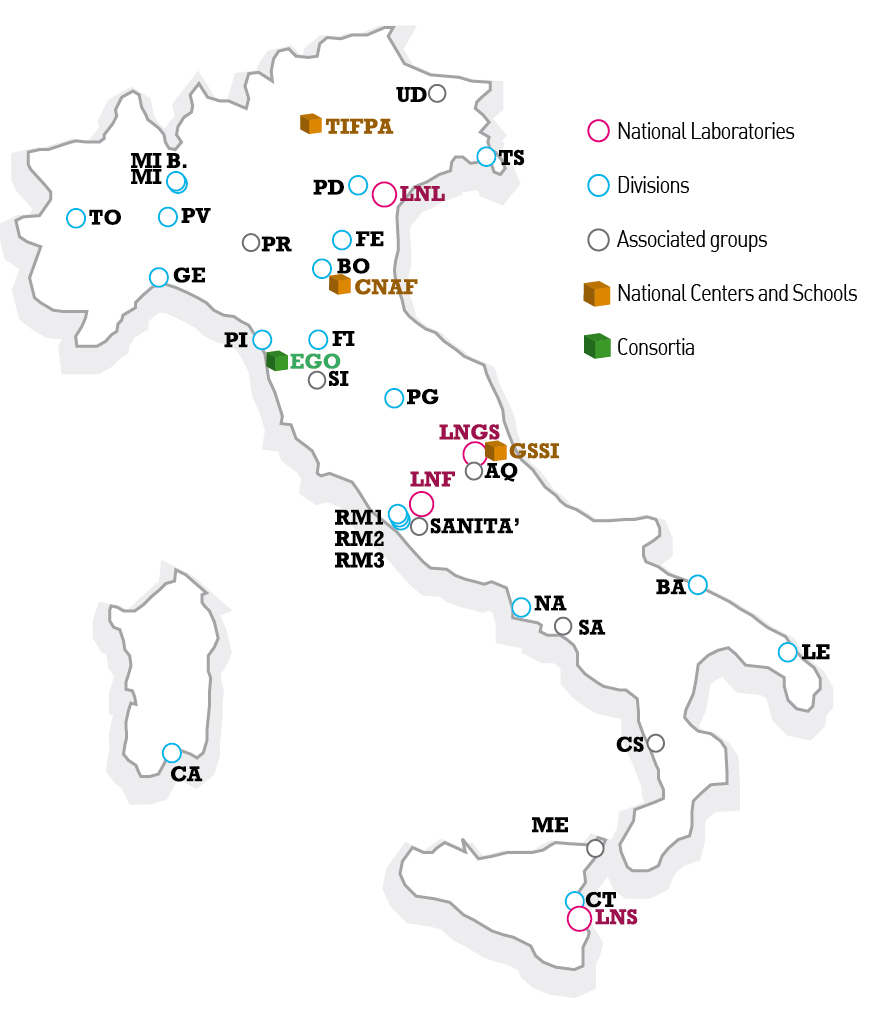InDark
Inflation, Dark Matter and the Large-Scale Structure of the Universe
In the past two decades, we have witnessed tremendous progress in cosmology, thanks to the wealth of data that have become available from experiments like Planck, that released its legacy data in 2018, the many multi-wavelength surveys that mapped the large-scale structure of the Universe to unprecedented precision, like SDSS-BOSS, and a number of probes of cosmic expansion, such as that provided by SN-Ia. This has allowed sharpening our understanding of the Universe. Even though most of the data can be interpreted in terms of the concordance Lambda-Cold Dark Matter (ΛCDM) model, recently some tensions between different observations have surfaced that might point to the necessity of revising the model. Moreover, even if phenomenologically very successful, the ΛCDM is somehow unsatisfying from the point of view of fundamental physics, as the very nature of dark energy and dark matter, as well as the details of the early phase of inflationary expansion, are still unknown. Indeed, these two open issues – observational tensions and theoretical understanding of the model – might well be related. Coming years will bring an ever-increasing amount of new data, from the next generation of cosmic microwave background (CMB) polarization experiments, aiming at the detection of B-modes, both primordial and lensing-generated (e.g. Simons Observatory, LiteBIRD, CMB-S4), to the galaxy and galaxy cluster surveys from the next large-scale structure (LSS) probes (e.g. Euclid, DESI, SKA, WFIRST, LSST). Gravitational waves (GW) observatories like the operating VIRGO and LIGO, and in the future LISA and the Einstein Telescope, are sensitive to early Universe signals and can act as laboratories to test fundamental physics, other than being able to constrain the expansion history of the Universe through the observations of standard sirens. This wealth of data will have to be interpreted in light of models.
